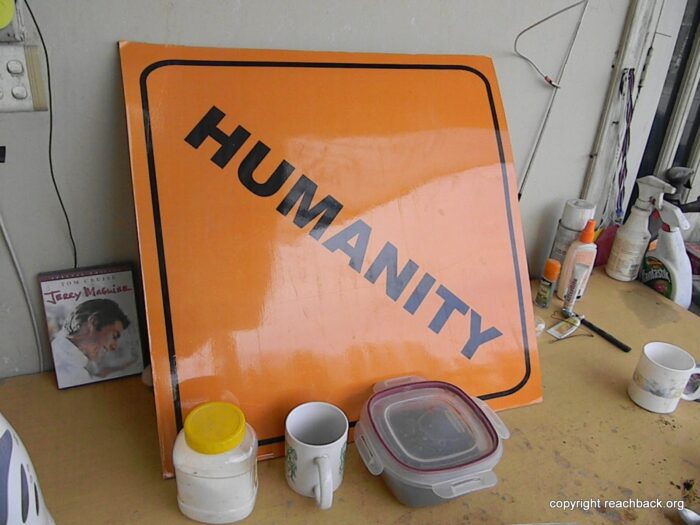East Afghanistan – Jalalabad 2006-2013 Taj Ops

And our Little Brother Zee ! Justice will be done
Five major elements of the template design
Personnel: Information sharing operations require both a synergist and a high-level facilitator.
The synergist must be chosen from outside the system and have the ability to work with all
partners to bridge social, cultural, language and technological divides. The synergist must be
flexible and technologically knowledgeable enough to work under limited technological and
constrained budgets to solve collective problems. He or she should be an informed risk taker,
willing to experience setbacks while promoting a long-term improvement in the structure. In
important ways, a synergist has a broad knowledge of many subjects and understands how to
bring them together and to cross boundaries.
The facilitator resides within the system and provides top cover to the synergist. The facilitator’s
physical location, whether on-site in the field, or at an office in Washington, D.C., is less impor-
tant than his or her knowledge of key government bureaucracies, and his or her ability to explain
field operations to others within the government. The facilitator’s objective is effective and pro-
ductive resource flow.
iv
Synergists can engage in creative problem solving only because a facilitator has created the ne-
cessary operational space for such activities to take place. Put another way, local problem solving
relies on the presence of a facilitator who creates space for innovation and experimentation to occur. Projects have a small permanent staff of two or three people with a significant number of outside specialists in rotation providing expertise to improve social networks, information sharing, project collaboration, and/or technological support. Temporary rotating personnel including subject matter experts, technology specialists and other synergists provide support throughout the project.
2
Neutral sites: A candidate site should be identified based on three basic elements: need, mobility (freedom of movement by all parties), and a social fabric open to accepting this sort of
collaboration. It is vital that the personnel working on the project should use their experience and
knowledge to make judgments on whether they think the location will be successful.
The initial engagement at a chosen site focuses on creating a neutral space, identifying and inte-
grating partners into the process and providing the technology infrastructure and connectivity
enabling effective information sharing. The goal of the initial engagement is to strengthen the
human network using information technology as a magnet — not to build a technology infrastructure.
A neutral space is a physical space no actor tries to overtly control (though the synergist does exercise some quiet, enlightened authority over the space), but that nearly any actor can enter in order to collaborate using a shared technology infrastructure. The neutral space also functions as a social network and virtual space that goes beyond the physical infrastructure. The communal aspect of the location creates relationships among people who would otherwise not interact for professional or social reasons in the austere environment of the field. The information that is sharedat the neutral space can also be shared outside of the space, creating a network of individualslarger than those physically present.
From a technology perspective, the initial engagement is about open communications, allowing
people to join local networks and share information outside their stovepipe or usual network of
collaborators. Providing bandwidth, strengthening local computing power, working with local
technologies (even if it is just a cell phone), using open data standards and open source toolsets
and providing a stable power supply are all key in austere environments. These initial technologi-
cal aspects can be standardized to a core “in a box” solution, but are meant to be adaptable to
meet the unique challenges and conditions of each environment.
Partners: The goal of an information sharing operation is to include as many people as possible
and encourage anyone who would be a productive participant to join. Energy in the early stages
should be spent identifying those who want to be included rather than trying to persuade reluctant
partners to participate. While an ideal system would have the same people interacting across time,
the synergy should be built on the expectation of high turnover in staff making institutional
memory and relationship networks important to its continued success – hence, the importance of
capturing that knowledge and saving it for others to reference in the future via a hosted open
2 Appendix C contains detailed descriptions of personnel positions.
v
sharing platform.
Connectivity: Most complex operations proceed without a means of sharing information across
organizations, or even between elements of the same organization. This limitation derives both
from issues of connectivity and specific policies limiting information flow over existing
pathways. The synergist cross-ventilates these stovepipes, building relationships that function as
trusted pathways for information flow and enabling those relationships to communicate over
newly established information and communication technologies (ICTs).
Iterative Project Cycles: Because information sharing operations are built around the connection of people and the construction of trusted networks in a very dynamic environment, they are not linear projects. Instead, they proceed along what may be conceived as iterative cycles. Thesynergist must re-allocate effort and resources to dynamics that are working well. These dynamics can change dramatically in complex operations, especially as staffs rotate in and out of theatre, as new problems challenge existing assumptions, and as new opportunities arise.
Operations in this environment become cycles, measurable by the success with which the
synergist and partners adapt and make progress in support of productive collaborations